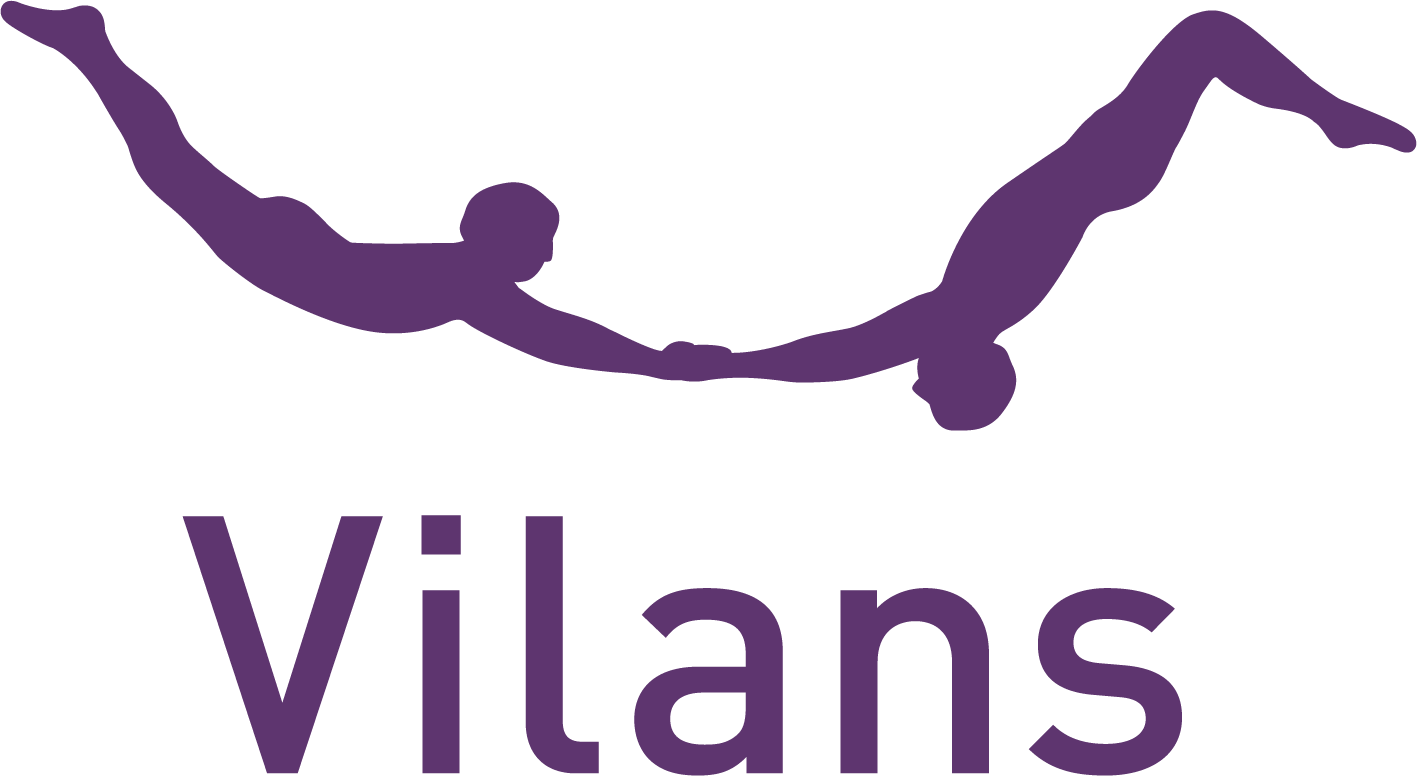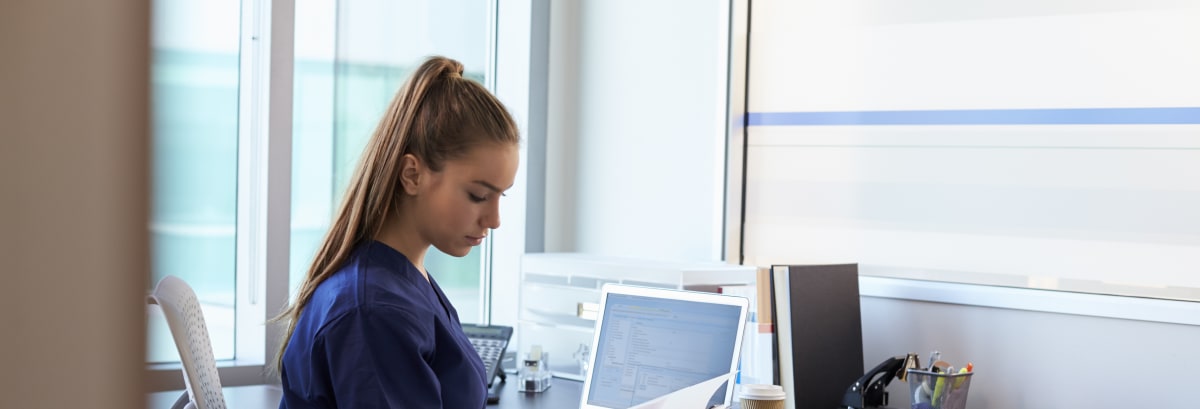Get started with Team Reflection
Published on: 29-09-2023
Stress among healthcare workers in nursing homes is unavoidable. Nevertheless, how can we ensure that staff members persevere and not drop out? By using Team Reflection, you can support them at the earliest possible stage to stay healthy. This also prevents losses in the future.
Get started now
With the Team Reflection Toolkit, you can apply team reflection within your organisation by following a ‘train-the-trainer’ principle. The following materials are available for this purpose (see below the page for Downloads):
- A trainer’s manual for the train-the-trainer approach (PDF).
- A PowerPoint presentation to support the training (PowerPoint)
- A Roadmap for successful implementation (PDF). Prepared by Significant Public based on an Effect Measurement of implementing team reflection in Central and West Brabant.
Learning from Defense
Team Reflection is based on the (Dutch) Defense Department’s approach to debriefing. The Defense Department has gained a lot of experience in dealing with stress. After missions, attention is always paid to the reactions that can arise during and after a stressful period. Take for example, the MH-17 disaster. The starting point, under expert guidance, teams consciously create space to share experiences with each other. An important pillar is the buddy approach: employees form pairs or trios that help each other deal with stress through recurring conversations and giving extra attention to each other.
Team reflection is a proven method, it is concrete and can be used today. This is based on the premise of acting quickly now in order to prevent losses in the future. The common thread of Team Reflection is to talk about emotions that are not easily discussed during a regular workday. Room is consciously created for individual experiences. Everything said is equally important. Everyone has experiences that they would like to share.
First pilot experiences
A pilot in the Central Brabant region shows that Team Reflection is well-suited to the needs of healthcare workers:
- Initially it is a valve to release built-up tension. Opening this valve can already relieve a lot of (illness-related) stress.
- Team Reflection is not a meeting but primarily a moment to discuss ‘how are we doing together?’ This offers the opportunity to discuss and clear things up properly.
- Emotions are high. Normalising complaints brings relaxation in the group and on a personal level.
- Many of the participating healthcare workers may be carrying an ‘illness-related’ burden to a greater or lesser extent. Team Reflection in the form of psycho-education leads to insights and effective reflection on yourself and each other. Including better ways of dealing with it.
- Participants experience the time to pay attention to each other, but also the fact that it is in a pleasant (external) space with lunch, as a token of appreciation; and they feel taken seriously.
- Many of the participants indicate that this form of Team Reflection would also have been good before the corona crisis. This is also reflected in the high scores for Team Reflection as a whole.
Effect measurement and implementation Roadmap
Research agency, Significant Public has carried out an effect measurement into the implementation of team reflection in the Central and West Brabant region. The main conclusion:
‘Based on this research, we conclude that Team Reflection is a promising approach, with which employees consciously learn to reflect on and deal with intense events.’
A Roadmap with four steps for successful implementation has also been created. Tips are given for each step. Download the Roadmap for Successful Implementation (PDF, under the heading 'Downloads', at the bottom of this page).
How does team reflection work in practice?
In Team Reflection, a team meets twice, with an interval of 2 to 3 months. At the first meeting, employees talk to one another and receive an explanation about what is stress and what it can do to you. They also receive tools to translate stress-related complaints into concrete actions so that they can effectively deal with their complaints themselves. They also receive an explanation about the buddy approach and discuss how it would used.
In the second meeting (after 2-3 months), staff members look back on the past period and discuss it with each other. They also evaluate the buddy conversations and make agreements about the follow-up.
Throughout the entire period there is room for further exploration of signals that require more attention. There is also a safety net available for those people who need more attention.
Would you like to know more?
Do you or your organisation want to get started with Team Reflection? Then view and download the following materials:
- A trainer’s manual for the train-the-trainer approach (PDF)
- An accompanying PowerPoint presentation for the training
- Download the Roadmap for Successful Implementation (PDF)






